You won't have to take many steps from your front door before you spot a ‘weed’, struggling up between paving slabs, engulfing rough ground, clinging to a wall or shooting up uninvited in a cultivated border.
But before you dismiss it, or rip the poor plant up by its roots, take another look. Even the most unwelcome weeds usually have something to recommend them.
Weeds can provide a cheery blast of colour where there would otherwise be none, some have all- but-forgotten food or medicinal uses, and many are ecologically important as insect foodplants or colonisers of disturbed ground. And the strategies they employ to stay one step ahead of our efforts to eradicate them can be fascinating.
“Weeds have been the bane of gardeners since time immemorial, but should we start to view them in a new light?” asks naturalist and author Nick Baker in his piece on why weeds are important for wildlife.
All illustrations by Felicity Rose Cole.
12 common ‘weeds’ to find and identify:
Common groundsel (Senecio vulgaris)
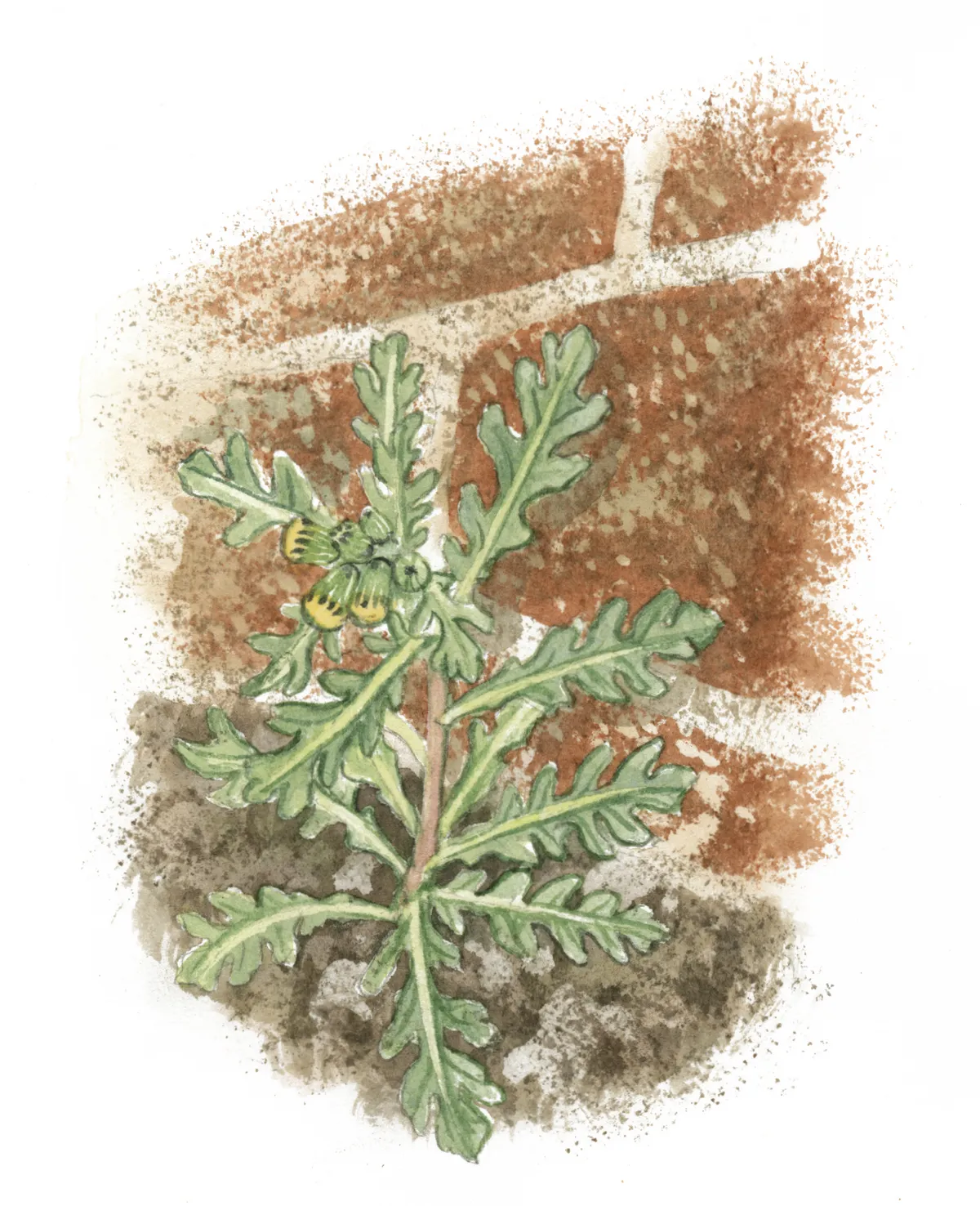
The genus name for groundsel ‘Senecio’ is derived from Latin, and means ‘old man’ – referring to the grey and hairy seed heads. Like many other ‘weeds’, it is often found on cultivated and disturbed ground such as field edges and roadside verges. It has clusters to yellow flowers that can be seen for much of the year.
Hedge bindweed (Calystegia sepium)
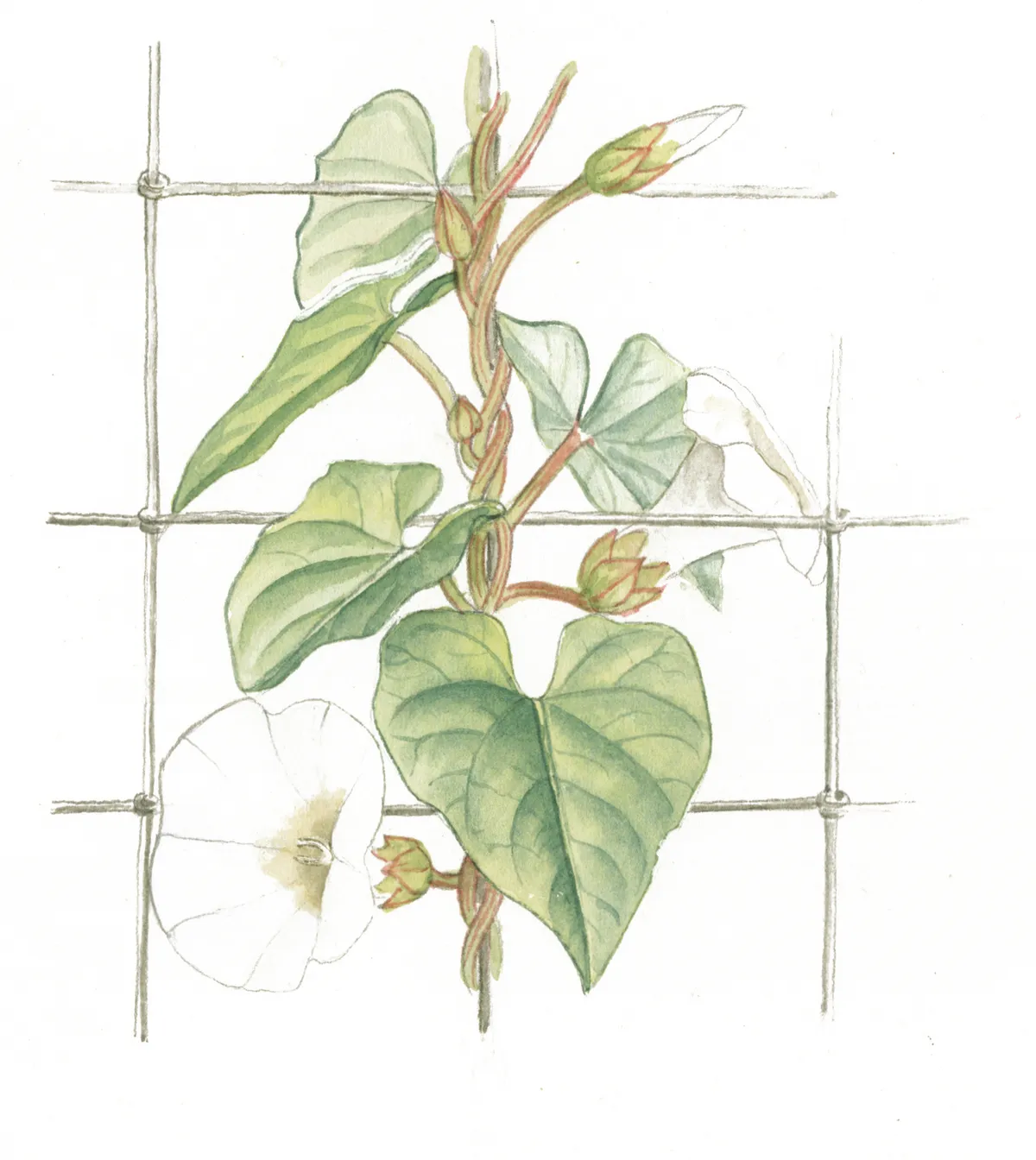
This widespread climbing plant twines around other plants (plus fence posts and wires) to support itself. It is able to root from even just small fragments, which means it can be very difficult to get rid of when it is unwanted. Its large white flowers are in bloom between June and September.
Common ragwort (Jacobaea vulgaris)
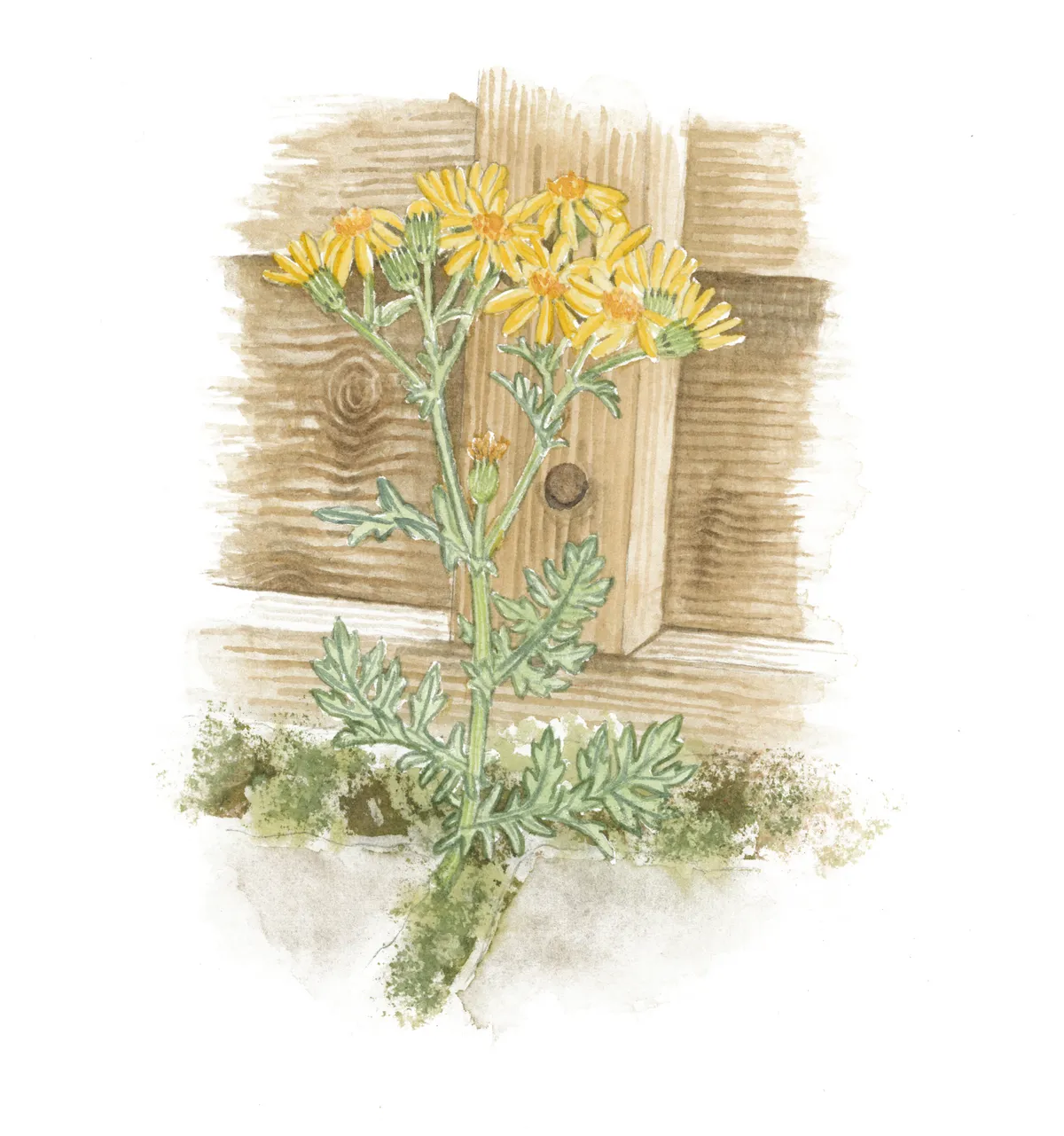
A distinctive and relatively tall plant with yellow flowers, common ragwort is popular with a wide range of pollinators including butterflies and bees. It is the foodplant for the cinnabar moth caterpillar, which has orange and black stripes (the adult moth is black and red).
Common ragwort is poisonous and can cause issues for livestock, particularly when it is picked and dried amongst hay.
It is biennial plant, flowering in its second year between June and November.
Ivy-leaved toadflax (Cymbalaria muralis)

With its small lilac snapdragon-like flowers and reddish stems, ivy-leaved toadflax is a pretty plant that flowers in summer. It's a non-native plant that is good for covering walls or cracks in pavements. It flowers between April and October.
Creeping thistle (Cirsium arvense)
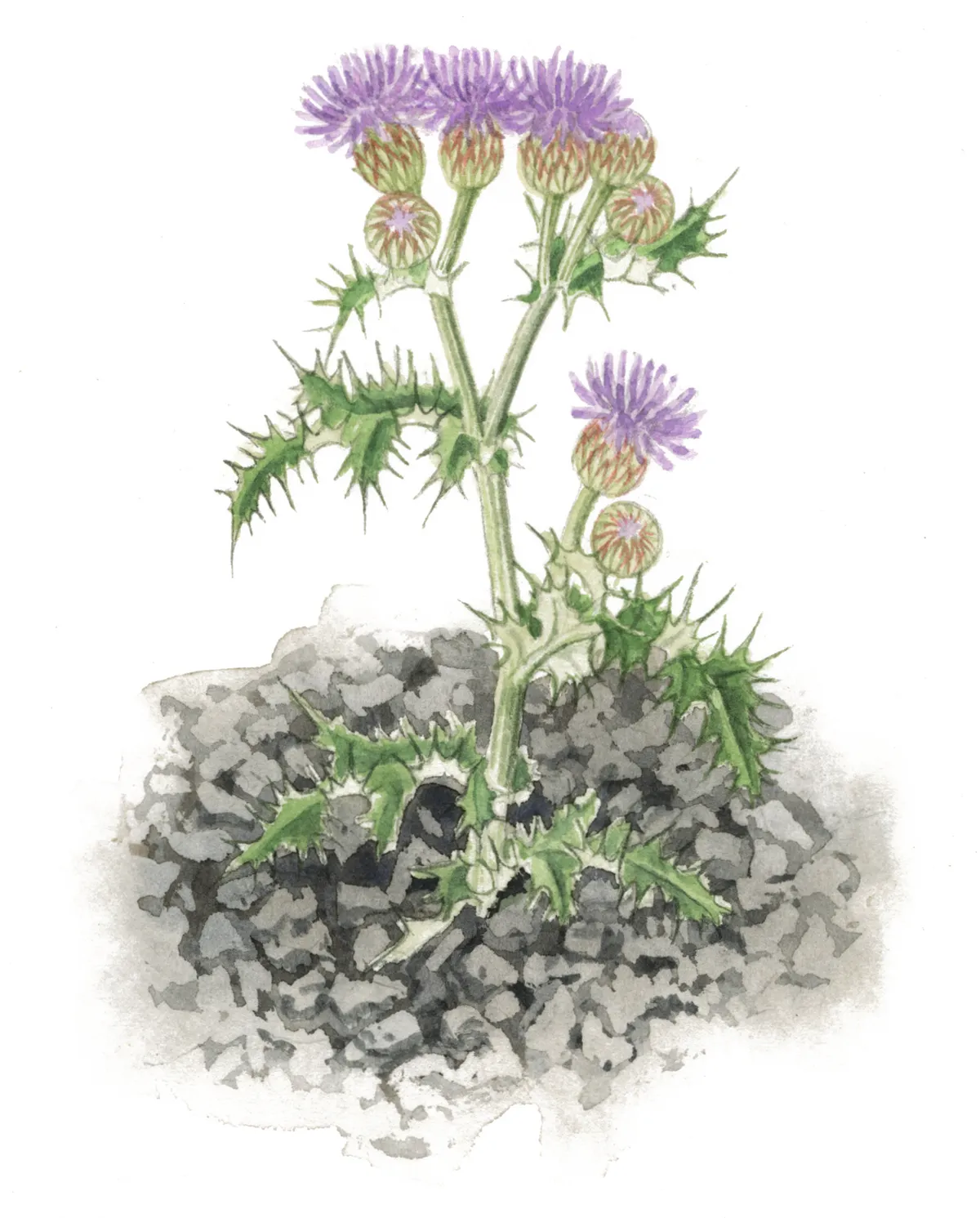
A perennial wildflower, creeping thistle spreads via creeping roots and airborne seeds, and can be quite hard to get rid of once it is established. The seeds are an important source of food for farmland birds.
Ribwort plantain (Plantago lanceolata)
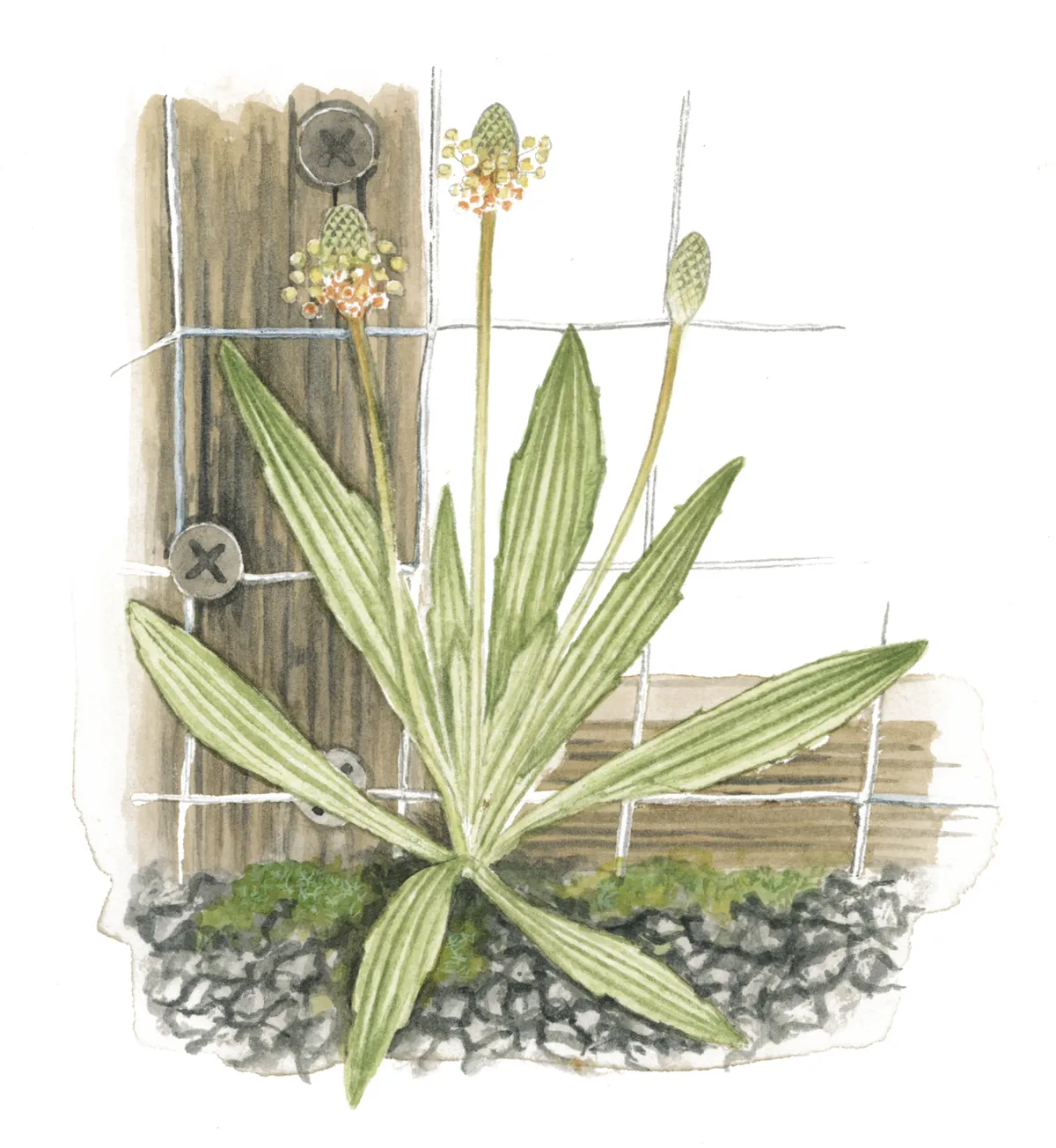
Ribwort plantain is a hardy plant that can be found in a variety of habitats, including sand dunes. Its spear-shaped leaves grow from a rosette. The flower head, once it has turned brown but before it has dried out, is said to taste of mushrooms.
Herb-robert (Geranium robertianum)

Herb-robert is a type of crane's-bill, with reddish stems and very pretty pink flowers which bloom between May and September. It can be found in a wide variety of habitats, from gardens and hedgerows to coastal areas. It's also known as red robin, death-come-quickly, stinking Bob and squinter-pip.
Hairy bittercress (Cardamine hirsuta)
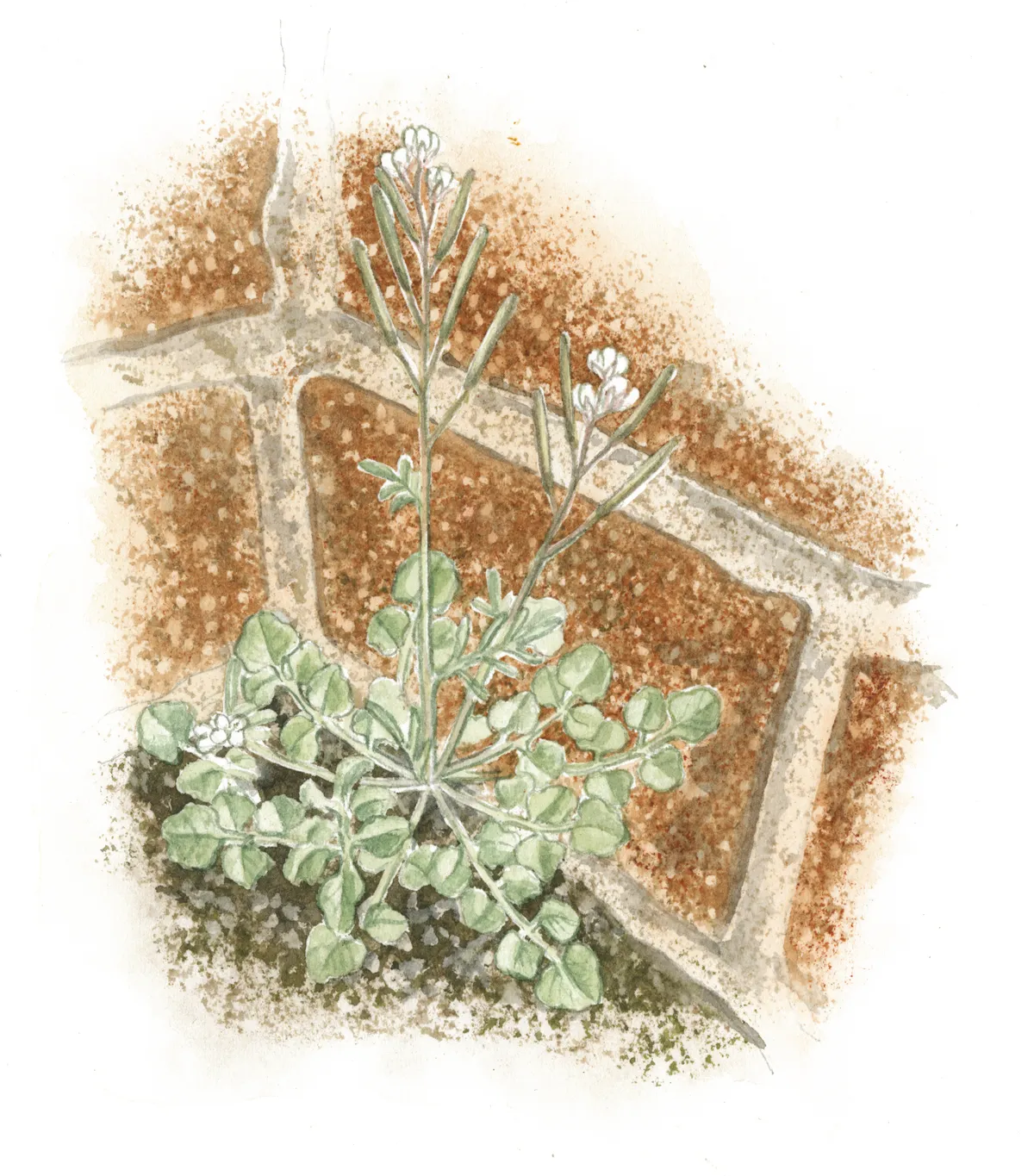
An annual species that is part of the mustard family, hairy bittercress has tiny flowers with four white petals. It's an edible plant, with the leaves tasting a bit like cress and rocket, and can be a used in salads and pesto. Seeds can be dispersed by up to one metre away thanks to its explosive mechanism, or even further if carried by the wind.
Common daisy (Bellis perennis)
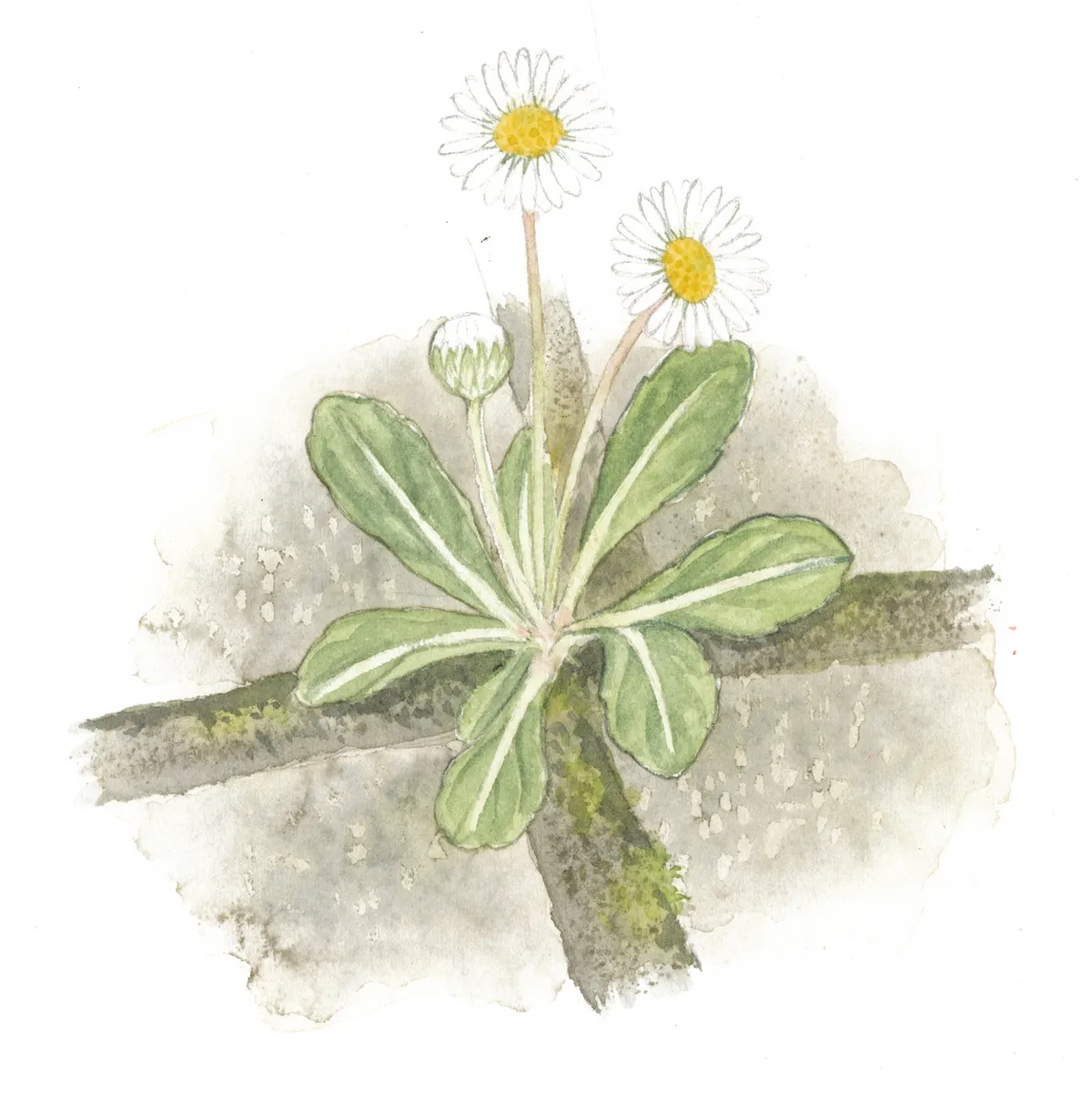
A pretty plant with thin white petals and a yellow centre that often appears in grasslands, lawns and verges. The petals can be tinged with pink. Multiple plants can be strung together to form pretty daisy chains.
Common dandelion (Taraxacum officinale)
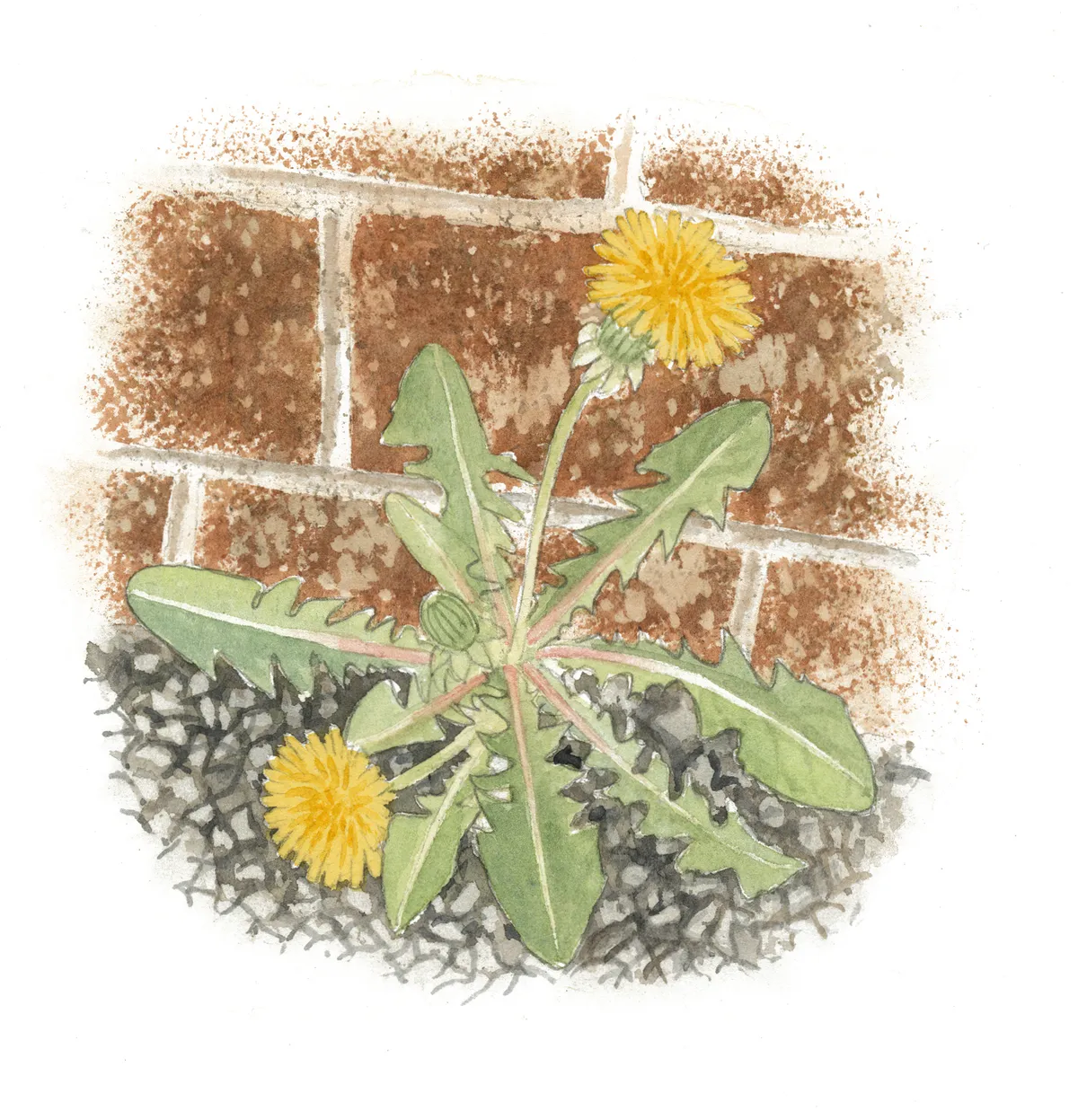
A familiar plant that is excellent at thriving in a variety of habitats – including lawns! The dandelion is an excellent source of nectar for pollinators early in spring. There are actually a number of micro species of dandelion, differing in their habitat preferences, and the size and shape of their leaves and flowers.
Dandelions are a popular plant with foragers too, with the flowers, leaves and roots suitable for use in a range of recipes, including dandelion syrup (also known as dandelion honey), dandelion scones and pink dandelion wine.
Cleavers (Galium aparine)
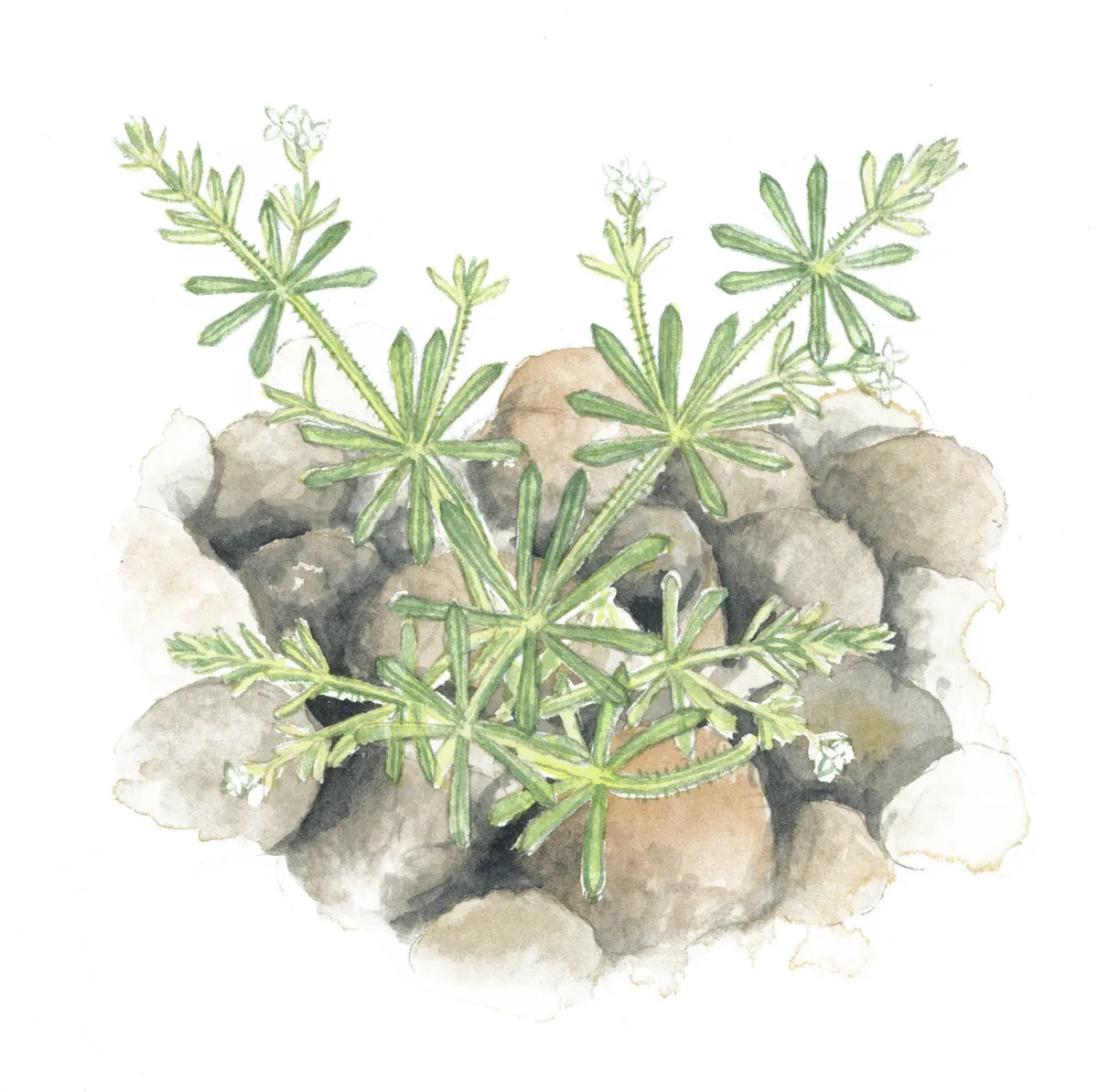
A widespread species in the UK, cleavers is known by a number of other names including catchweed, goosegrass and sticky willy – and is a familiar plant to this who enjoy a bit of fun on a family walk, thanks to the Velcro-like ability of its hooked hairs and fruit to stick to clothing. It can be found in a wide variety of habitats, but a closer look is needed to spot its small white flowers.
It is used to feed chickens and geese, and even humans – with the hairs softening during cooking, and is used to make goosegrass beer in Scotland. It can be combined with rhubarb to make a refreshing rhubarb and cleaver spring drink.
Rosebay willowherb (Chamaenerion angustifolium)
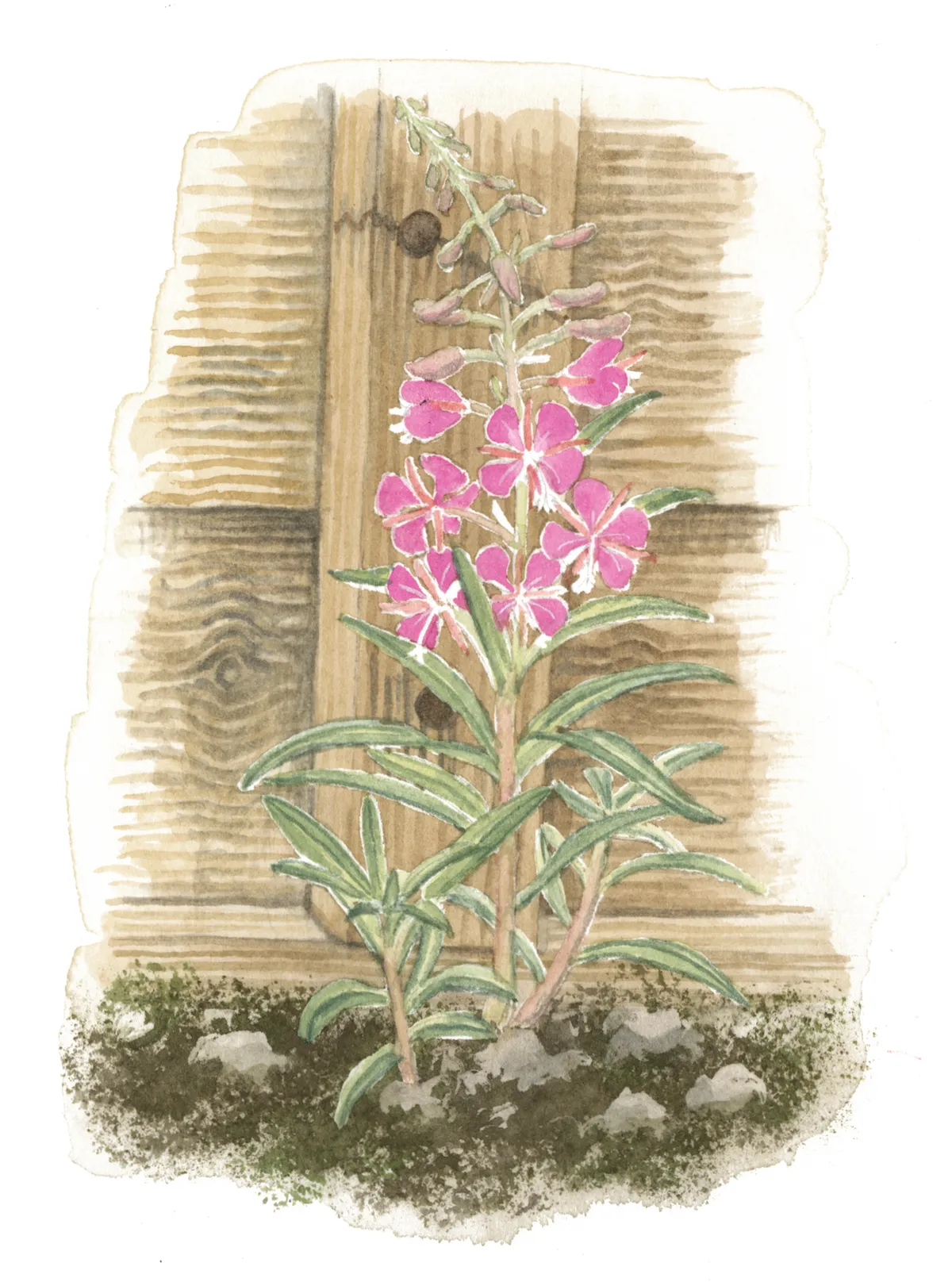
With its tall flower spikes bearing bright pink blooms, rosebay willowherb is a very striking wildflower that is attractive to ranges of pollinators including bees, butterflies and moths. It can grow up to 1.5m in height, and blooms between June and September. It is highly successful as a coloniser and ‘pioneer species’ on disturbed grounds, such as railway banks, road verges and waste ground, thanks to its specially adapted seeds.
It is known as bombweed in the South East of the UK, thanks to its ability to colonise bomb sites during the Second World War, and fireweed in USA, due to its regular appearance following forest fires. A white cultivar called ‘Alba’ is available as a garden plant. Rosebay willowherb has a number of uses, including using the leaves in tea - in Russia, this is called Koporye tea or Ivan Chai.
Main image: Small tortoiseshell butterfly on ragwort in Scotland, UK. © Siobhan Fraser/Getty